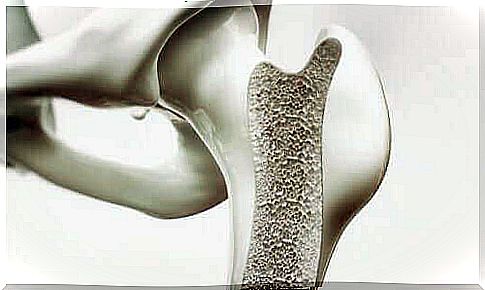Corticosteroids: What Are They?

Corticosteroids are very powerful drugs. Therefore, always take them under medical supervision. You can not and should not get this kind of medicine without a prescription.
What are they?
These drugs include a variety of hormones belonging to the steroid group produced by the cortex of the adrenal cortex. Corticosteroids are involved in a wide range of physiological mechanisms, including:
- Inflammation processes
- The immune system
- Degradation of carbohydrates
For specific therapeutic purposes, such as treating Crohn’s disease and joint pain, artificially synthesized corticosteroids are available.
Corticosteroids
Types and indications

Companies manufacture these substances artificially. Therefore, they come in many different forms, depending on their purpose.
Here are a few of the different types:
- Corticosteroid medication to inhale. This form is used for asthma or in people with chronic obstructive pulmonary disease (COPD). Inhalers with the drug are also often present in emergencies, e.g. in acute bronchitis. These are long-term and require medical supervision and follow-up.
- Oral corticosteroids come as pills. This type is often used to treat inflammatory diseases such as Crohn’s disease and ulcerative colitis.
- Topical corticosteroids. These are used in cases of eczema, atopic dermatitis and psoriasis. They are also administered to reduce inflammation.
- Injectable corticosteroids. This is the kind that is administered intravenously, for certain systemic diseases of the autoimmune type. Similarly, those administered intramuscularly are mainly for the treatment of joint pain.
Also read: What are opioids used for?
Mechanism of action and pharmacological actions

Corticosteroids must enter the cytoplasm, where they bind to receptors. Once they form the hormone receptor complex, they enter the cell nucleus and interact with our DNA. The result of this interaction is the synthesis of the specific protein that performs the desired function.
Also read: What is Dexketoprofen used for?
Corticosteroids: Side effects

Due to an increase in minerals such as sodium, along with the accompanying fluid retention, edema and high blood pressure may occur.
As these drugs affect a large number of physiological processes, the side effects also vary.
Overall, their side effects are related to their use. Therefore, it is the primary trigger of adverse reactions, improper ingestion and abrupt discontinuation of treatment.
possible side effects
Here are some of the most common side effects:
- These drugs typically affect the immune system. Therefore, your susceptibility to infections increases because these drugs have an immunosuppressive agent.
- In addition, they also have adverse effects on bone muscle and can trigger myopathy, osteoporosis and bone necrosis.
- They can also trigger gastrointestinal problems, such as pancreatitis and stomach ulcers. These two side effects are the most typical.
- Another adverse effect of these drugs is possible hypertension due to fluid retention.
- In addition, acne, hirsutism, stretch marks and ecchymosis are some of the most common side effects of corticosteroids.
- Changes in mood, such as euphoria, insomnia, depression and psychosis are other neuropsychiatric side effects. However, these symptoms are less common and frequent.
- Ophthalmological problems, such as cataracts and glaucoma, can also occur.
- In addition, there is an increased risk of endocrinological and metabolic problems. In addition, there is also glucose intolerance, diabetes, weight gain and hyperlipidemia.
- Lastly, there is an increased risk of growth suppression, due to their close relationship with growth hormones. This includes i.a. suppression of the axis of the hypothalamic-pituitary-adrenal bone.









